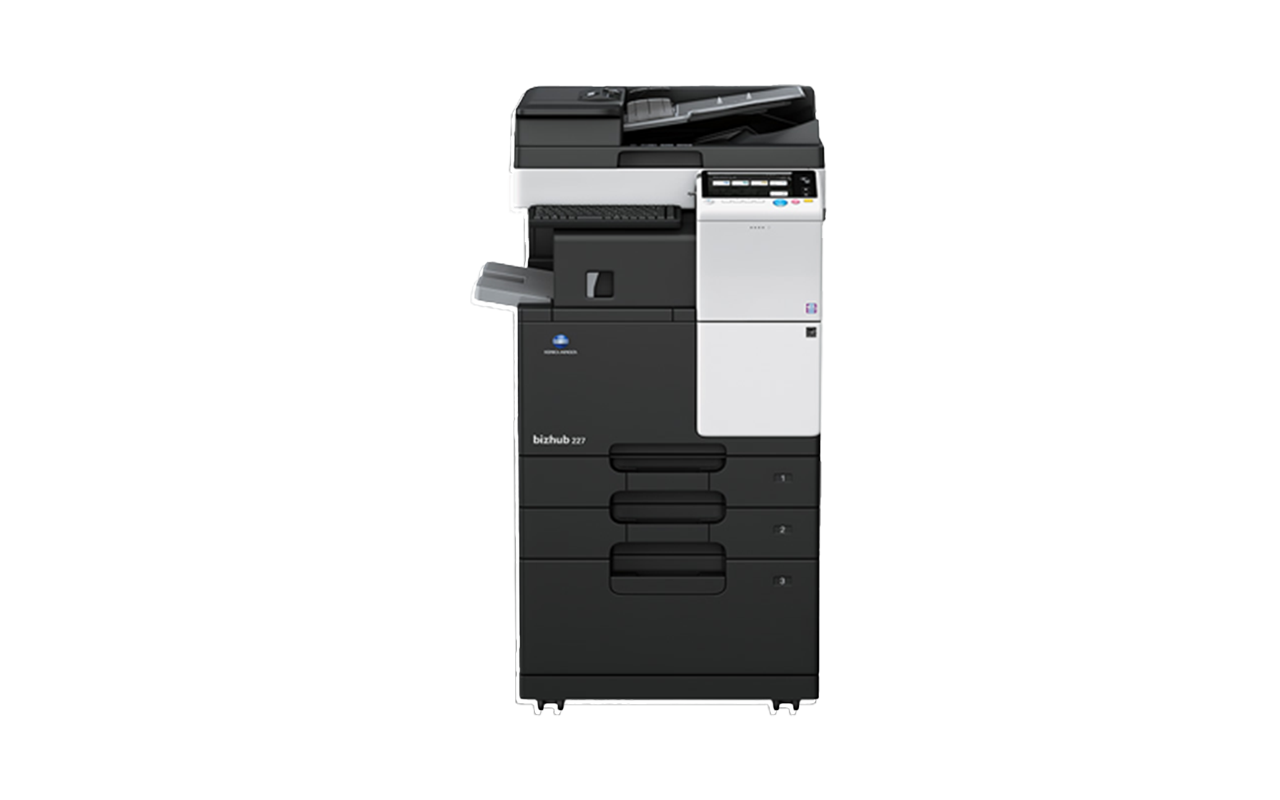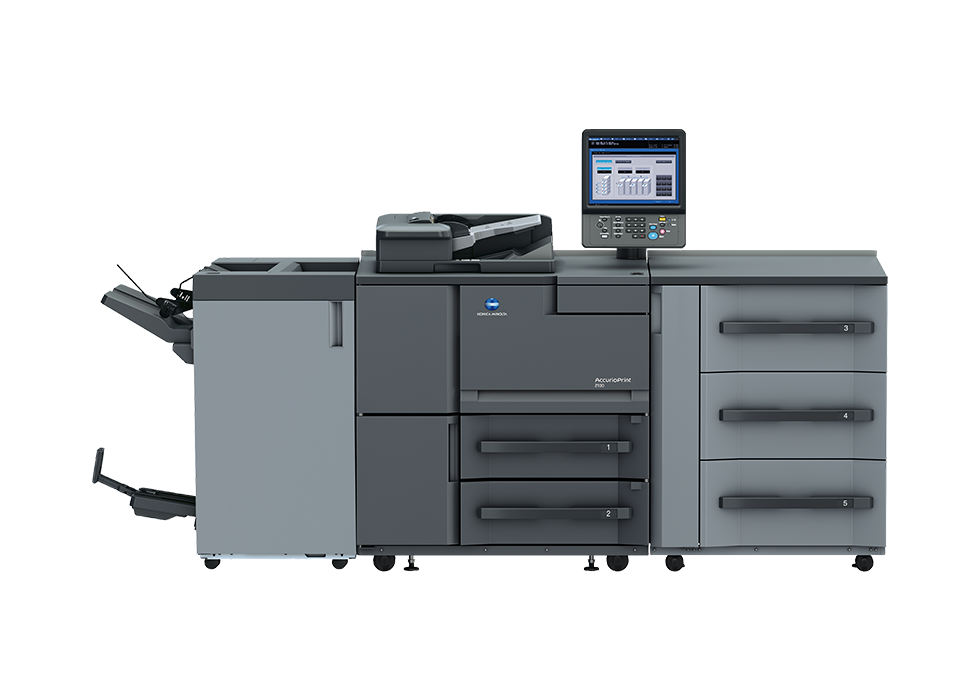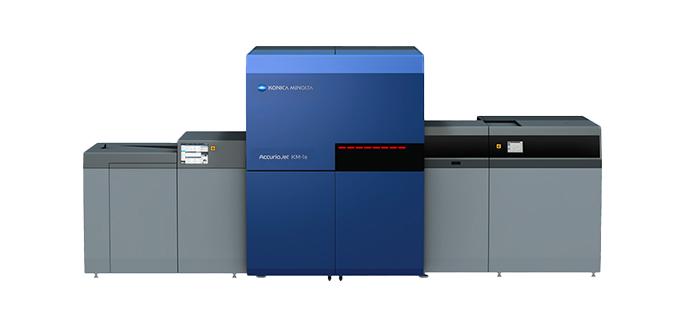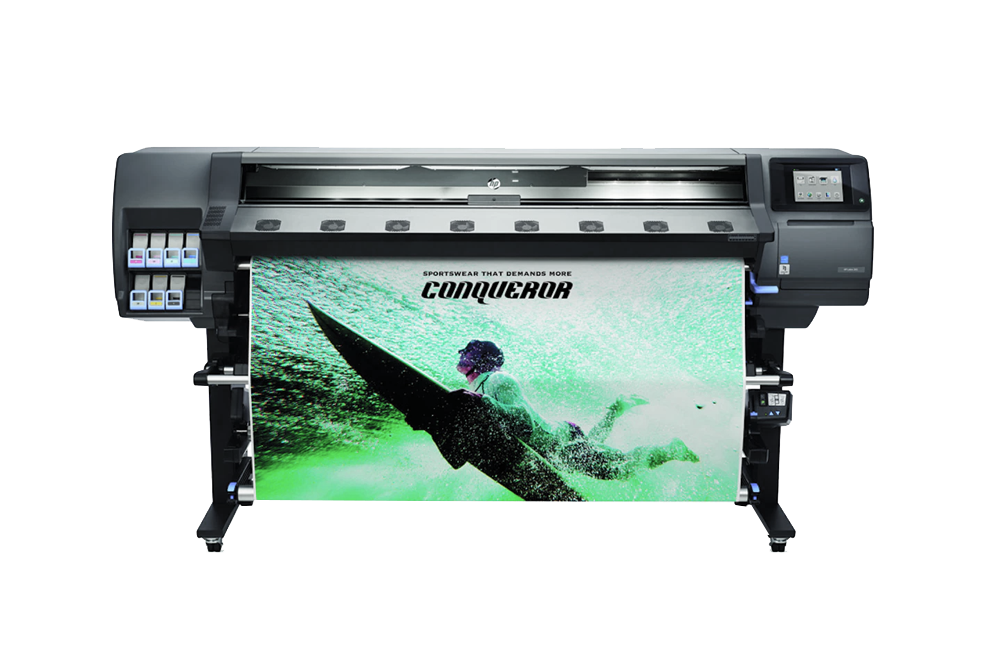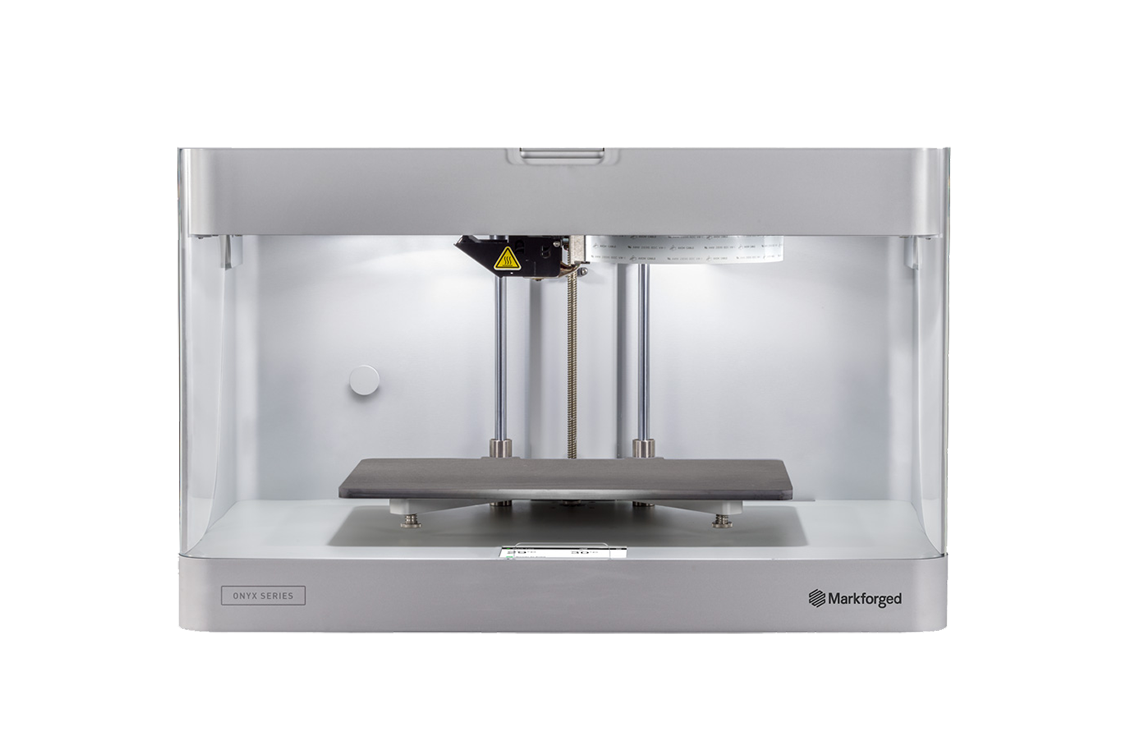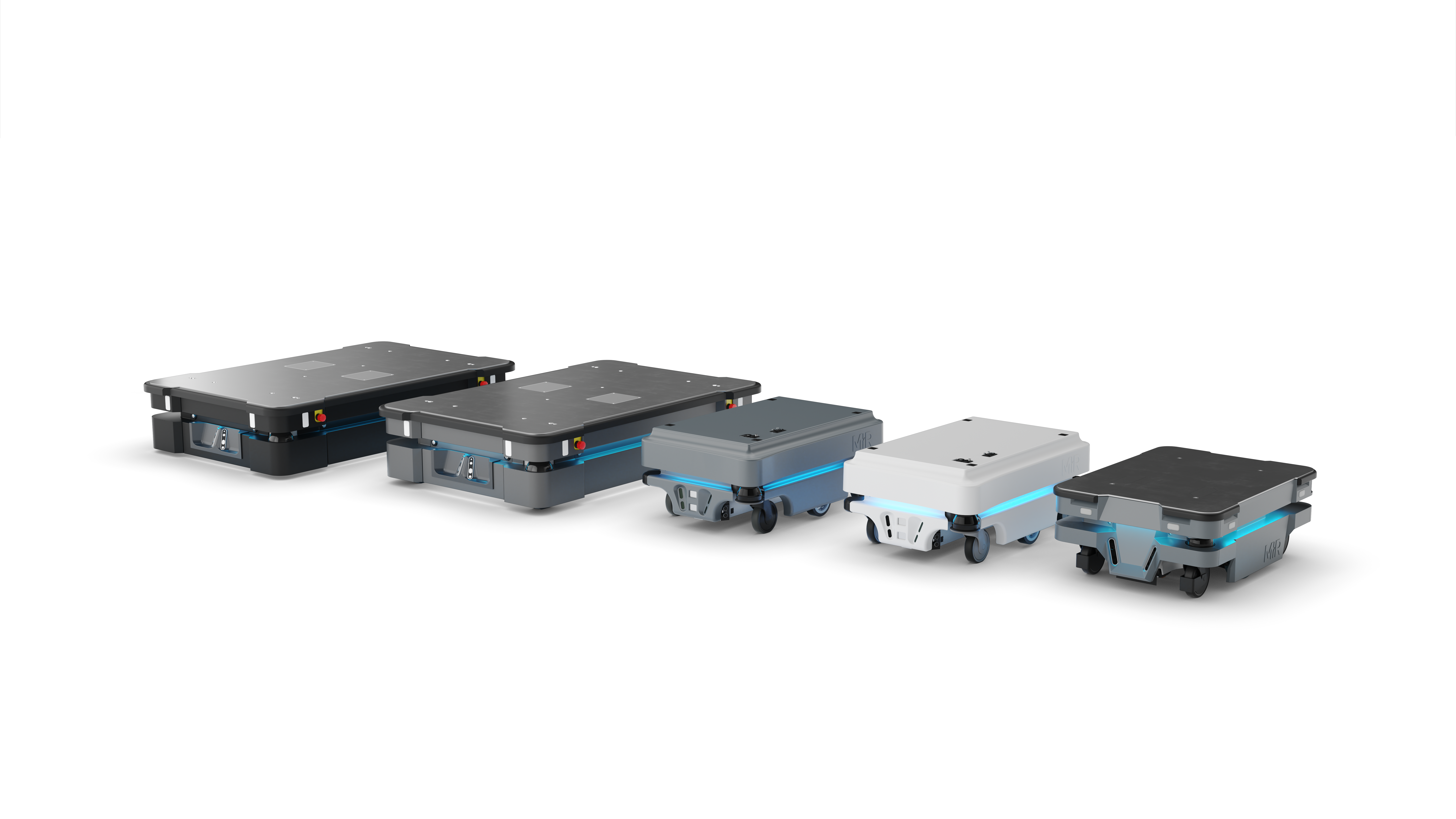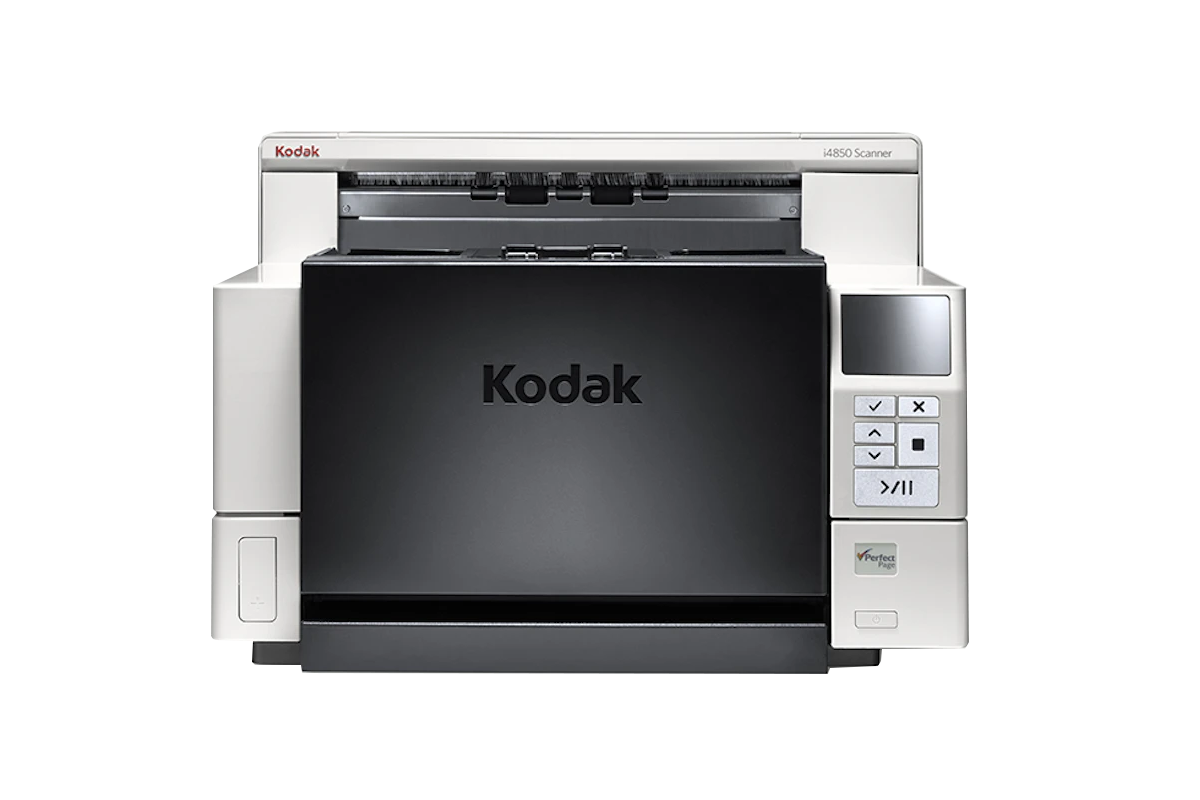Business process automation (BPA) can save businesses time and money, and let employees focus on core activities instead of administrative work.
Not all business processes however can be automated. When you have a process that requires significant creative input or complex decision-making, automation may not be appropriate. However, for repetitive processes that take time and energy without delivering significant value to the organisation, automation is the ideal approach.
The processes are automated by applying rules and decision-making capabilities through purpose-built solutions. And you can entirely automate processes or semi-automate them.
For example, manual invoice processing can be tedious. A semi-automated invoice process could look like this:
- Receipt. The invoice is received electronically and immediately enters the workflow. Alternatively, the invoice is received on paper, scanned by an employee, then automatically entered into the workflow.
- Assessment. The invoice is assessed by the system and routed for approval based on:
- Value. Some employees may be authorised to approve invoices up to a certain level, while more expensive invoices need to go to a more senior manager for approval. Depending on the organisation’s rules, an invoice may need to be approved by more than one manager if it’s above a certain threshold.
- Validity. The system will check to ensure the invoice matches with a purchase order and is not a duplicate of an existing invoice. If the invoice passes these tests, it’s considered valid.
- Approval. The appropriate manager(s) receive the invoice in their email inbox with a request for approval. The manager can then indicate their approval or mark the invoice as an exception, which means it may require further investigation or special treatment before it can be paid.
- Payment. The system registers the appropriate approvals and triggers the payment to be made.
Automating this process saves enormous amounts of time in terms of circulating the invoice for approvals, matching invoices to purchase orders or delivery confirmations, and avoiding payment of duplicate invoices.
Benefits of business process automation
Time: BPA delivers significant efficiencies in terms of freeing up time that would otherwise be spent on administrative tasks and eliminating the errors that can creep in when manual, repetitive tasks are done by humans.
Costs: Automated document processing can reduce labour costs by 75 per cent.1 For small businesses, that can mean diverting staff members to focus on growth initiatives and opportunities instead of simply managing documents.
Relationships: When you can manage invoices and other tasks more efficiently, you can deliver a better service to your customers. Plus, you can improve relationships with your suppliers by always paying on time.
Accuracy: Automation means people don’t need to type information into databases or systems, which reduces the risk of errors. Increased accuracy means your business can operate more effectively and take advantage of more opportunities.
Insight: Automated processes can be tracked and analysed, which lets you see what’s working and what’s not. You can then make changes in your business accordingly, to let you take advantage of opportunities or cut out activities that are costing your business money.
To find out how Konica Minolta can help you automate your repetitive business processes, contact us today.
1 Source: Turning documents into data; AIIM, 2014.
 Find the perfect printer for your business
Read more
Find the perfect printer for your business
Read more
 Elevate your print & information technology with Insight Hub
Read more
Elevate your print & information technology with Insight Hub
Read more
